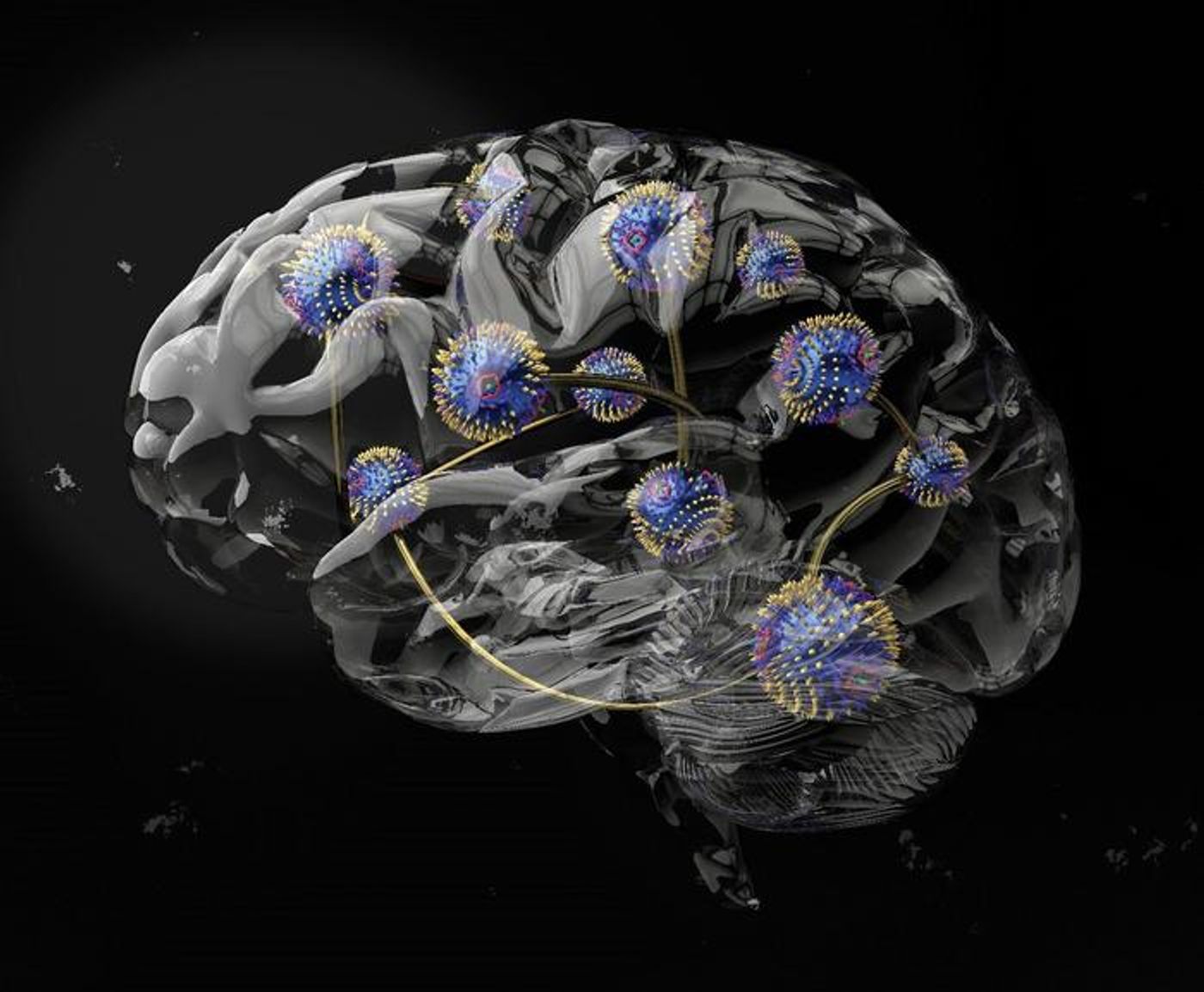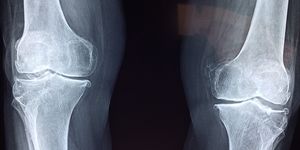Next-Gen Computing: Chiral Magnets Reshape the Landscape of Reservoir Computing
A recent study published in Nature Materials examines a breakthrough approach in physical reservoir computing, also known as a neuromorphic or brain-inspired method and involves using a material’s physical properties to adhere to a myriad of machine learning duties. This study was conducted by an international team of researchers and holds the potential to help physical reservoir computing serve as a framework towards making machine learning more energy efficient.
Artist rendition of connected chiral (twisted) magnets used as a computing avenue for brain-inspired, physical reservoir computing. (Credit: Dr. Oscar Lee)
For the study, the researchers used a magnetic field and temperature variances on chiral (twisted) magnets—which served as the computing channel—they found the materials could be used for a myriad of machine learning needs. What makes this discovery extraordinary is that physical reservoir computing has been found to have limits, specifically pertaining to its ability to be rearranged. Additionally, the team discovered that the chiral magnets performed better at certain computing tasks based on changes in the magnetic field phases used throughout the experiments.
“This work brings us a step closer to realizing the full potential of physical reservoirs to create computers that not only require significantly less energy, but also adapt their computational properties to perform optimally across various tasks, just like our brains,” said Dr. Oscar Lee, who is from the London Centre for Nanotechnology at University College London and lead author of the study. “The next step is to identify materials and device architectures that are commercially viable and scalable.”
What makes physical reservoir computing so important is its ability to make computing processing more energy efficient through their integration into existing computer circuits, along with negating traditional processing and memory units.
What new discoveries will researchers make towards physical reservoir computing in the coming years and decades? Only time will tell, and this is why we science!
As always, keep doing science & keep looking up!
Sources: Nature Materials, EurekAlert!, University College London









